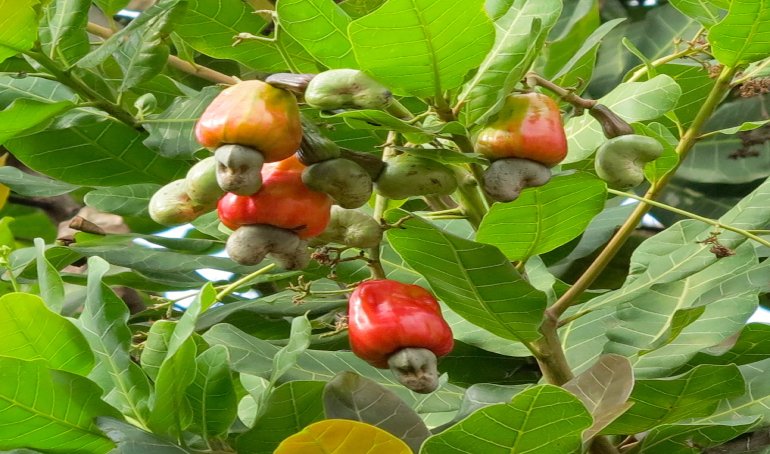


Although cashew is a familiar crop in Uttara Kannada, there remains significant potential for area expansion. Kadamba, in collaboration with the Directorate of Cashew and Cocoa Development (DCCD-Cochin), National Horticulture Mission (NHM), and Karnataka's Horticulture Department, is actively working to promote cashew cultivation.
To meet the growing demand of India’s cashew industry, Kadamba encourages farmers to utilize barren wasteland for cashew farming. This not only generates revenue for farmers but also contributes to environmental sustainability by increasing green cover in unused lands
The Industry
To meet the ever hovering demand of cashew industry in India, Kadamba is trying hard to convince the farmers to grow cashew nut trees in their waste land.
On the one hand, our farming community is getting revenue benefits, and on the other hand we are adding the value to the environmental concern by planting more trees in the barren waste lands.
While many of the cashews produced for commerce come from Africa and India, the cashew tree is native to tropical regions of Brazil. The tree produces a long, fleshy stalk, called cashew apple which resembles a small pear. India has an area of about 7.30 lakh hectares under cashew with an estimated annual production of about 4.60 lakh tonnes of raw cashew nut. India is the largest producer, consumer and exporter of cashew in the world. Karnataka is a prominent state in cashew production occupying 5th position in area ranking 6th in production with an average productivity of 461kg/ha. Dakshina Kannada has the largest area of cashew in Karnataka, followed by Udupi, Belgavi, Chickballapura, Uttara Kannada, Kodagu and Kolar.
Cashews are one of the lowest-fibre nuts, packed with vitamins, minerals and antioxidants. These include vitamins E, K, and B6, along with minerals like copper, phosphorous, zinc, magnesium, iron and selenium all of which are important for maintaining good bodily function. Eating nuts like cashew can lower the risk of cardiovascular disease. This may occur by reducing blood pressure and bad cholesterol levels. Nuts are naturally cholesterol free and contain good amounts of heart-healthy fats, fibre and protein. They also contain arginine, which protects the inner lining of artery walls.
Cashew is often regarded as ‘poor man’s crop and rich man’s food’ and is an important cash crop and highly valued nut in the global market. Cashew nut shells are biomass wastes that can provide energy through different ways. They can either be submitted directly to any thermochemical conversion process to generate energy or used to generate a biocrude, known as cashew nut shell liquid. Cashew nut shell liquid is an important and powerful bio-oil whose calorific value is comparable to that of petroleum oils.
| No.of Plants | No of Farmers | Subsidy in ₹ |
|---|---|---|
| 277100 | 1159 | 237 |